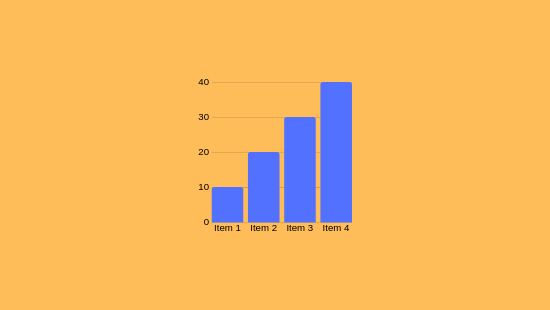
As you explore forex measurements, you'll discover they are computational techniques that scrutinize market numbers to predict market behaviors. These instruments assist in identifying market patterns, confirming market cues, and uncovering extreme market conditions scenarios. For instance, the RSI tracks market force, while Bollinger indicators assess volatility. Refining your trading strategy by integrating these indicators is essential, especially if you aim to control risks adeptly.
Understanding Forex Indicators
Forex measurement tools are computational devices integrated in charts to assist traders in analyzing market trends and executing calculated trades. They provide perspectives into price changes and potential trading opportunities by processing historical and real-time data.
Forex indicators are divided into four main types: trend indicators (e.g., Moving Averages), momentum indicators (e.g., Relative Strength Index), volatility indicators (e.g., Bollinger Bands), and volume indicators.
These tools can indicate market turns, confirm trends, or highlight overbought/oversold climates. If you're focused on refining your trading strategy, understanding these indicators is fundamental.
Categories of Forex Analytical Instruments
When assessing market trends, investors usually employ a variety of indicators to guide their trading choices.
Forex tools are categorized into different types, each serving specific purposes.
Trend Indicators like Moving Averages (MA) and Bollinger Bands aid in uncovering movement patterns and potential breakouts.
Momentum Indicators, including the Moving Average Convergence/Divergence (MACD) and Relative Strength Index (RSI), identify momentum changes and highlight overbought or oversold conditions.
Volatility Indicators like the Average True Range (ATR) measure fluctuations, helping traders in setting stop-loss thresholds.
When applied wisely, these indicators can enhance trade outcomes.
Key Indicators for Trading Decisions
To effectively make trading decisions, understanding and applying key indicators that evaluate market states is imperative.
Price Movements (MA) track mean trade values over specific periods, unveiling tendencies by smoothing fluctuations.
The RSI measures momentum on a 0–100 scale, indicating excess buy above 70 and signaling oversold scenarios below 30.
MACD compares two exponential moving averages to validate directional trends, with histograms displaying positive or negative trajectories.
Bollinger Bands apply standard deviations around a moving average to determine volatility and potential reversals.
Retracement intervals denote support/resistance zones considering historical shifts.
Combining these measures boosts accuracy by authenticating prompts if congruent, facilitating precise timing for currency pairs.
Employing Indicators in Risk Oversight
As you fine-tune your trading strategy, effectively utilizing measurement tools for risk control is crucial. Indicators like Moving Averages and Bollinger Bands gauge fluctuations and spot viable trade junctures for risk oversight.
These tools allow for exact stop-loss orders and limit orders, critical for modulating potential losses.
For example, applying stop-loss orders restricts your loss to a certain amount, such as 2% of your trading portfolio per trade. This measured strategy helps in managing trading risks by curtailing exposure to market volatility and leverage, which are notable risks in currency trading.
Combining Indicators for Enhanced Accuracy
Merging measurement tools is a accomplished tactic for boosting precision in forex trading. This approach allows for the use of diverse instruments to examine several facets of market behavior, such as trends, momentum, and check here variability.
By utilizing indicators like Moving Averages, RSI, and MACD, you can formulate formidable trading strategies. For example, pairing Moving Averages with RSI and Volume confirms trends and drive, while Bollinger Bands with Stochastic assess fluctuation and anticipate reversals.
If diverse measurement tools work together, duplications are minimized, and investment prompts are uplifted.
Final Thoughts
You've understood how forex indicators function, encompassing their diversities like trend, momentum, and volatility indicators. These elements aid in uncovering pivots and validating ongoing trends. Through combining tools, investment accuracy is boosted, and risk management is conducted more adeptly. For instance, using the Relative Strength Index (RSI) to spot overbought conditions and Bollinger Bands to evaluate volatility can refine your trade choices.